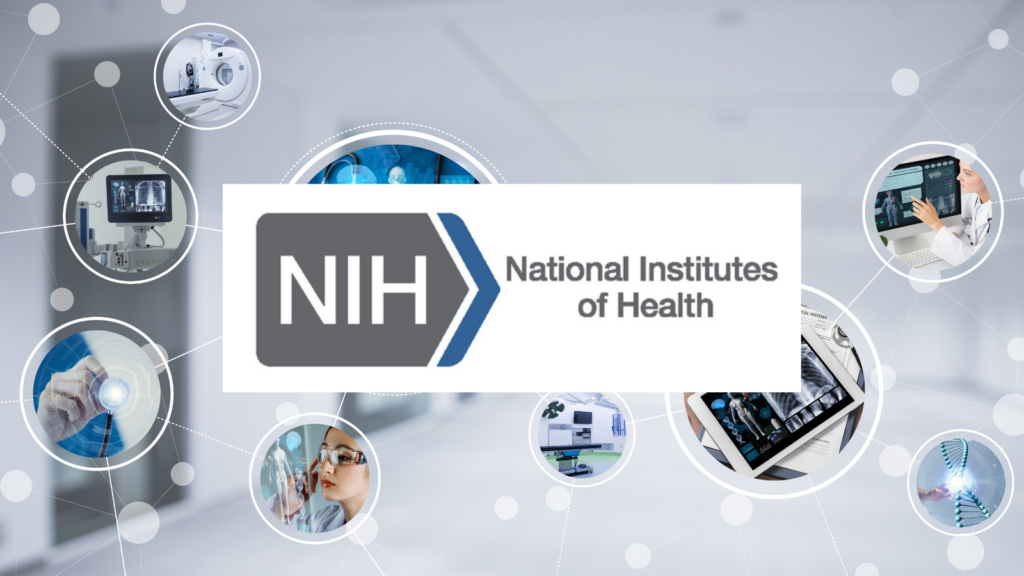The NIH is unique amongst SBIR/STTR granting agencies in that it offers both grants and contracts. The best known NIH grants are the Omnibus Solicitations that are offered annually, with deadlines on January 5, April 5, and September 5. These SBIR/STTR opportunities are generally very open-ended topic-wise, meaning that the investigator determines what the innovation is, defines the end points, and develops/updates their budget. This is most commonly what people think of when they think of NIH funding opportunities.
However, there is a second group of NIH funding opportunities that come out once per year called “contracts.” Contracts typically issue in late summer with a fall deadline, commonly in October. NIH Contracts are much more specific funding opportunities that focus on one topic only. Unlike grants, the Institute funding the contract will specify things like the deliverables, the innovation, the budget, and many other aspects of the research. Also unlike grants, the Institute will have set aside money specifically for this research topic, meaning that it represents an Institute Priority.
So, what are some common differences between these funding mechanisms?
- Reporting: Contracts will have much more rigid reporting requirements than grants. Contracts may require multiple ‘touch points’ throughout the research project, and often require more complete reporting upon completion of the project. Grants commonly only have one reporting requirement at the end of the project.
- Benefit of the work: In a contract, the issuing Institute has predetermined the benefits of the research, including the significance and the basic types of innovations that it will accept. In a grant, these aspects are all decided by the primary investigator.
- Deliverables: A grant’s deliverable is primarily a final report. Contracts may have multiple deliverables, all of which are specified by the contracting Institution.
- Milestones: In a grant, the primary investigator determines what milestones are most relevant to their research. In a contract, the contracting Institute may determine the milestones based upon what the contracting Institute feels is most relevant to the research. The PI must accept these milestones or refuse the project.
- Application processes: These vary greatly from each other. Grants will generally have a 6-page Research Strategy, a single Specific Aims page, any number of up to 5-page long biosketches, and an unlimited number of pages for facilities, references, and human subjects protections. Contracts will have a total number of pages as a limit (typically 50 pages for Phase I’s and 150 pages for Phase II’s), and you will have to squeeze everything (biosketches, facilities, references, etc.) into that page limit. Secondly, the grants will use either grants.gov or the eRA Commons to be uploaded. Contracts still use the older electronic Contract Proposal Submission website.
Thinking about taking on an NIH contract? Remember that the CTC consultants can review drafts of your contract prior to submission and may be able to answer questions about your project as well. For more information, click here.
